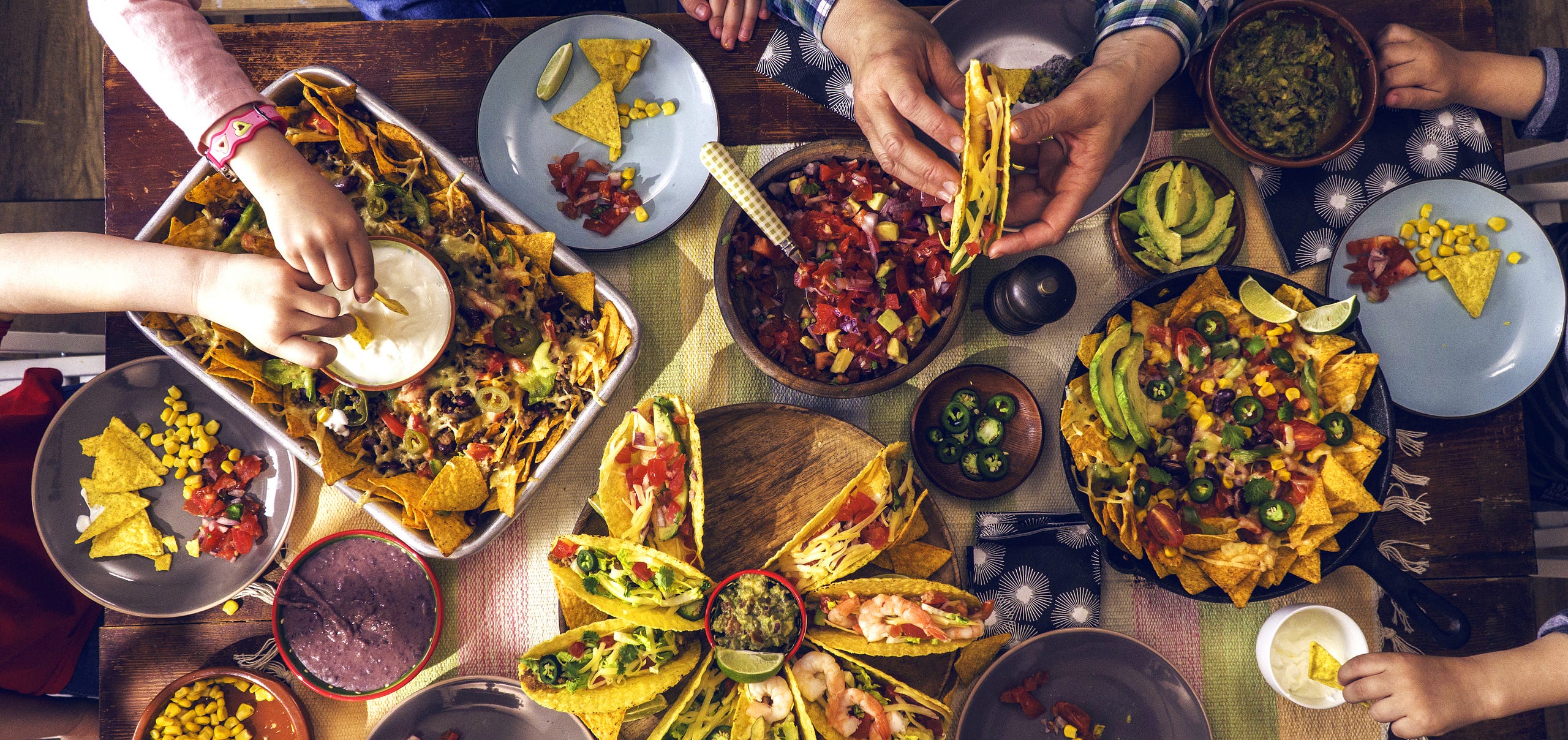To Sell Spicy Food, Appeal to Aggression
As Americans’ taste buds grow more adventurous, they’re getting fonder of spicy food. How can marketers more effectively appeal to them? One possible selling point: stir up aggressive thoughts.
Based on the research of Raj Raghunathan

Raj Raghunathan, marketing professor at Texas McCombs, studies people’s habits around consuming food, and he knows it has long been linked with emotional states. So-called comfort food, which combines fat with nostalgia, is supposed to calm us down. Caffeinated beverages have the opposite effect.
What about spicy food? As far back as the Hindu text Bhagavad Gita, Asian traditions have associated it with aggression. More recent studies have found capsaicin, the chemical that gives heat to chili peppers, causes irritation.
But the connection with aggression has never been empirically tested, notes Raghunathan. With Mexican, Indian, and Thai cuisines reshaping the American palate, and salsa replacing ketchup as America’s favorite condiment, it might be time to find out.
While visiting the Indian School of Business in Hyderabad, Raghunathan worked with marketing professors Rishtee Batra and Tanuka Ghoshal to conduct three trials.
The first test looked for signs of “trait aggression” — having an aggressive personality. It asked 105 participants how much spicy food they typically consumed. These subjects then rated their own personalities on 12 traits. Seven were related to aggression, like being hot-headed or easily irritated.
The results showed a strong connection between displaying those dispositions and liking fiery flavors. By contrast, peaceable traits like considerateness showed no correlation.
But which was the cause and which the effect? “We couldn’t know whether food consumption causes aggression or whether it’s the other way around,” says Raghunathan. To find out, the second study fed participants tortilla chips and examined their thoughts afterwards.
Thirty participants ate a plain chip, while another 30 dipped it in habanero salsa — one of the hottest chilis on the planet. Both groups then read ambiguous words and paragraphs, which could be interpreted to have aggressive or non-aggressive meanings.
“Those who consumed the spicy chips had a greater propensity to find aggressive intent in words,” says Raghunathan of the outcome.
On a scale of 1 to 7, they were 1.8 points more likely to make such interpretations as those who had eaten plain chips.
If the act of eating could spur aggressive ideas, could the mere thought of eating do the same? In a third experiment, half the subjects were prompted to think about spicy foods and half about non-spicy ones. Within each group, half were prompted with pictures and half with words.
Both kinds of prompts turned out to have impacts. But visual prompts inspired aggressive ideas more strongly than verbal ones. Says Raghunathan, “The more vivid, emotional, and easy to process the stimuli are, the more likely you are to get the effect.”
All three studies point to the same conclusion, he says. “If you eat spicy food, on average you’re more prone to having aggressive thoughts pop up and to see a little more aggression in other people’s behaviors.”
Practical Applications
Advertisers don’t usually like to associate foodstuffs with aggressive behavior, says Raghunathan. But for peppery products, they might want to make an exception.
“Our results suggest that people would like a spicy food ad more, and be more willing to buy the food, if it’s associated with a set of physically active stimuli,” Raghunathan says.
He points to Cheetos. The traditional package depicts a friendly-looking cheetah. But Flamin’ Hot Cheetos show the animal doing a wild dance and breathing fire.
A big unanswered question is whether aggressive thoughts lead to aggressive behavior, Raghunathan says. For example, if spicy food makes people a bit more irritable, will they be more prone to complain about the food or the service, in a restaurant that serves such dishes?
Large-scale studies are needed, he says. But he and the other two researchers got intriguing results from a small sample at the Indian School of Business. They compared how diners interacted with their servers after eating spicy food versus bland food. There was no difference in complaints about the dishes themselves. But, says Raghunathan, “Those who were given more spicy food tended to rate the service a little lower.”
“You are what you eat: An empirical investigation of the relationship between spicy food and aggressive cognition” was published in the Journal of Experimental Social Psychology.
Story by Steve Brooks
About this Post
Share:


